Donald Trump’s healthcare proposals are totally different from Hillary Clinton’s. His proposals are a step in the right direction to Repair the Healthcare System.
His advisors tried to create a market based healthcare system. However, they have omitted the most important elements necessary to align all the stakeholders’ incentives.
Unfortunately, their approach is the usual healthcare policy wonks market based policy approach. They do not focus on the most important stakeholder in the healthcare system.
The consumer is the most important stakeholder in the healthcare system. The consumer should be the driver of the healthcare system.
A market based system should:
- Promote of consumer driven healthcare system.
- Promote consumers’ responsibility for their health and healthcare dollars.
- Promote the physician/patient relationships.
- Promote a respect for consumers’ intelligence. Consumers can judge what is best for their healthcare needs.
- Promotion of accurate education about a consumers’ disease and provide resources to help consumers make the best choices to treat their diseases and use their and healthcare dollars.
Donald Trump’s web site starts by pointing out the defects in Obamacare. The Obama administration and Hillary Clinton’s spin machine uses the traditional media to promote the erroneous concept that all that is needed to fix Obamacare’s small defects are small modifications and more money.
This is a wild fantasy. The real goal is to completely control the healthcare system.
Donald Trump’s web site starts by declaring that Obamacare must be repealed.
“Since March of 2010, the American people have had to suffer under the incredible economic burden of the Affordable Care Act—(Obamacare.”
The average Americans are starting to understand Obamacare economic burden on the economy in general and them individually
“ The Affordable Care Act, (Obamacare), legislation, passed by totally partisan votes in the House and Senate and signed into law by the most divisive and partisan President in American history must be repealed.”
President Obama and majorities in the House and Senate tightly controlled the debate in congress and the traditional media.
Nancy Pelosi said it all when she said “you will not know what is in Obamacare until it has passed.”
“Obamacare has tragically but predictably resulted in runaway costs.”
The runaway costs for the government and individuals were the result of:
“Websites that don’t work, greater rationing of care, higher premiums, less competition and fewer choices.”
“Obamacare has raised the economic uncertainty of every single person residing in this country.”
This has resulted from the 10 hidden taxes, along the inhibiting effect on the economy and the uncertainty of the potential mandates, that resulted in and from job losses.
“As it appears Obamacare is certain to collapse of its own weight, the damage done by the Democrats and President Obama, and abetted by the Supreme Court, will be difficult to repair unless the next President and a Republican congress lead the effort to bring much-needed free market reforms to the healthcare industry.”
Donald Trump concludes that Obamacare cannot be fixed. It must be repealed.
“But none of these positive reforms can be accomplished without Obamacare repeal. On day one of the Trump Administration, we will ask Congress to immediately deliver a full repeal of Obamacare.”
Donald Trump recognizes that simply repealing Obamacare will not fix the healthcare system.
He also recognizes that he must work with Congress to have a series of reforms ready for implementation.
“We will work with Congress to make sure we have a series of reforms ready for implementation that follow free market principles and that will restore economic freedom and certainty to everyone in this country.”
It is refreshing to know that a potential president is willing to work with congress rather than issue executive orders and see if he can get away with them.
“By following free market principles and working together to create sound public policy that will broaden healthcare access, make healthcare more affordable and improve the quality of the care available to all Americans.
Any reform effort must begin with Congress.”
Donald Trump says;
Several reforms will be offered that should be considered by Congress so that on the first day of the Trump Administration, we can start the process of restoring faith in government and economic liberty to the people.
This is the correct process according to the constitution.
It is imperative that Republicans maintain their majorities in the House and Senate in order for Donald Trump to lead legislation to repeal and replace Obamacare.
The following are the suggestions a Trump administration will offer the congress according to his website.
- Completely repeal Obamacare.
- Our elected representatives must eliminate the individual mandate (tax according to the Supreme Court). No person should be required to buy insurance unless he or she wants to.
- Modify existing law that inhibits the sale of health insurance across state lines.
Donald Trump assumes eliminating state line restrictions will allow full competition in the healthcare insurance market place. He assumes insurance premium costs will go down and consumer satisfaction will go up. The healthcare insurance companies will try to keep the insurance premiums equally high in all states.
It can only work if consumers can buy insurance they believe they need. Costs of unnecessary insurance should not be piled into one insurance plan fits all. i.e. A post menopausal woman does not need to pay a birth control premium.
4. Allow individuals to fully deduct health insurance premium payments from their tax returns under the current tax system.
Individuals should be allowed to take the same tax deductions as group insurance plans are allowed.
5. We must review basic options for Medicaid and work with states to ensure that those who want healthcare coverage can have it.
This is where Donald Trump’s proposal weakens. The Medicaid program must be modified. Medicaid recipients should be incorporated into my ideal Medical Saving Account program. The government should act as the funding agent for the eligible poor.
This will put the poor on the same payment footing as everyone else.
The Medicaid eligible poor should be given financial incentives to take charge of their health and healthcare dollars.
Our healthcare system must be moved from a system that fixes you when you are sick or broken into a system that rewards people financially for remaining healthy and controlling their healthcare spending.
It is much cheaper to avoid the cost of emergency care than it is to get sick and have to go to the emergency room.
6. Allow individuals to use Health Savings Accounts (HSAs). Contributions into HSAs should be tax-free and should be allowed to accumulate.
Health Savings Accounts (HSAs) should be changed to Medical Savings Accounts (MSAs) to provide better financial incentives for people who choose this form of insurance. The Medical Savings Accounts can easily be customized so that consumers can choose the level of insurance they desire.
The contribution to the MSA can be flexible to provide adequate amounts of money to be put into the savings accounts to incentivize consumers to remain healthy.
Obesity is a huge program that must be consumer driven. Obesity must be cure by the patient and his family, not surgery.
Obese children are becoming diabetic and also hypertensive at a young age. This must be stopped because of the potential explosive effect of complications of both diabetes and hypertension on individual and overall costs of medical care.
7. Require price transparency from all healthcare providers, especially doctors and healthcare organizations like clinics and hospitals.
Price transparency is an essential provision for individuals, businesses and groups. It provides leverage for consumers to be responsible for their healthcare dollars. It is also necessary to require insurance companies to provide verifiable price transparency for their administrative costs and their direct patient care costs
Consumers must be empowered to be responsible and shop for the most value and best prices for procedures, exams or any other medical related procedure.
This is the way to decrease the cost of healthcare services and medical care services.
Social networking should be used as the backbone for the establishment of consumer empowerment.
The success of Angie’s list, Trip Advisor and Open Table are a result of social networking. Local communities have their individual social networks that empower people in their neighborhood to know which vendors provide the best value in their community.
This simple step can be used to decrease the cost of healthcare and medical care.
This could be a place where government can lead the way in establishing this accurate educational resources.
8. Block-grant Medicaid to the states.
These block grants can be used by the states to fund MSAs without a threat of increasing state budget deficits or giving states rights to the control of the federal government.
Block grants for social networking should be used to provide incentives to help individuals to seek out and eliminate fraud, waste and abuse of some of its local providers. It would eliminate expensive big data collections that many times are inaccurate in decision making by central federal control.
9. Remove barriers to entry into free markets for drug providers that offer safe, reliable and cheaper products.
Federal and state governments should help its citizen choose safe, reliable and cheaper products for the treatment of their diseases.
It would help with compliance and adherence to recommended treatment and decrease the cost of care.
It would promote consumers taking responsibility for their own health and healthcare dollars.
10. Congressss will need the courage to step away from the special interests and do what is right for America.
One example is allowing consumers access to imported, safe and dependable drugs from overseas. It will provide more options to consumers. This is only one example of many that ways to decrease the cost of drugs in this country.
Donald Trump is proposing a lot of important changes.
However, he is missing the important element of consumer power, consumer initiative, and consumer incentives.
His healthcare changes must include a consumer driven system with an ideal medical saving account otherwise the healthcare system will remain an unmanageable, expensive and abused mess.
Donald Trump admits this is simply a start. His start is much more powerful than Hillary Clinton’s proposal to continue and build on Obamacare.
Obamacare has been a disaster that is unsustainable. It is weekly increasing the cost of care while rationing care and decreasing access to care.
The opinions expressed in the blog “Repairing The Healthcare System” are, mine and mine alone.
All Rights Reserved © 2006 – 2015 “Repairing The Healthcare System” Stanley Feld M.D.,FACP,MACE
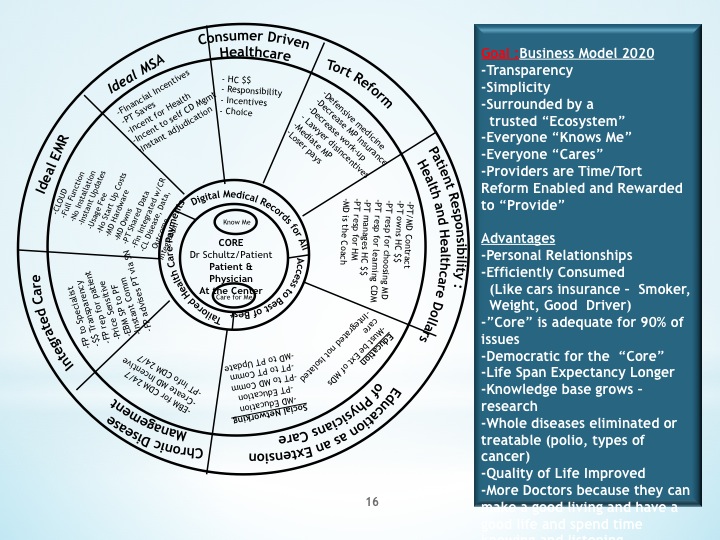
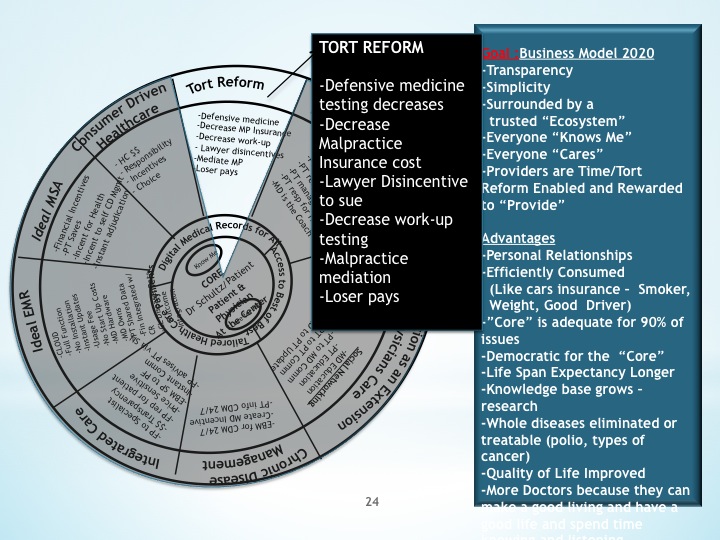
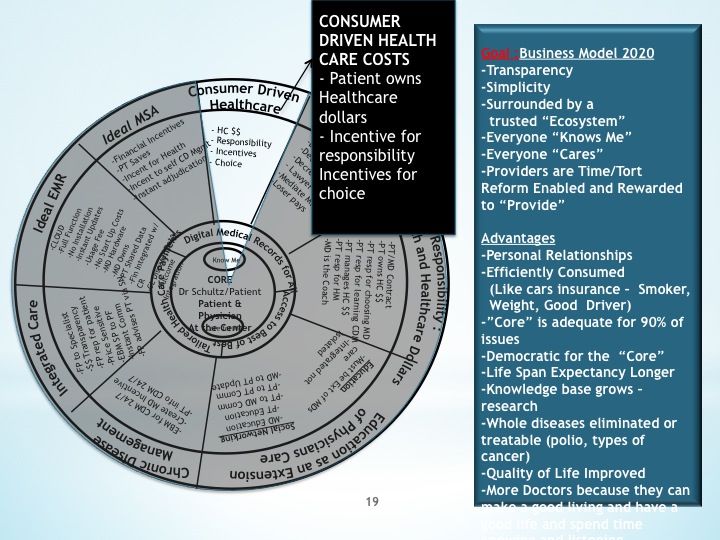
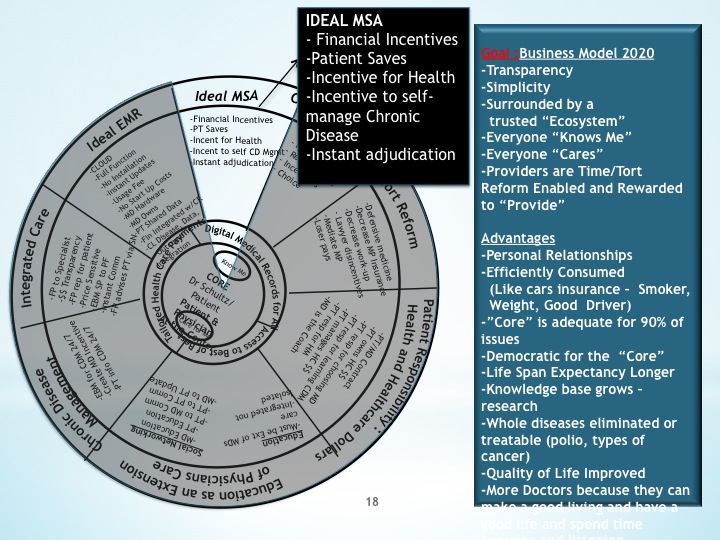
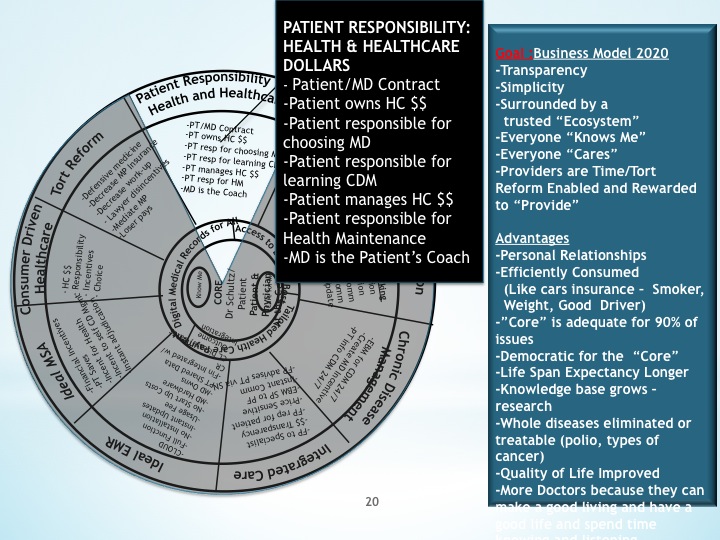
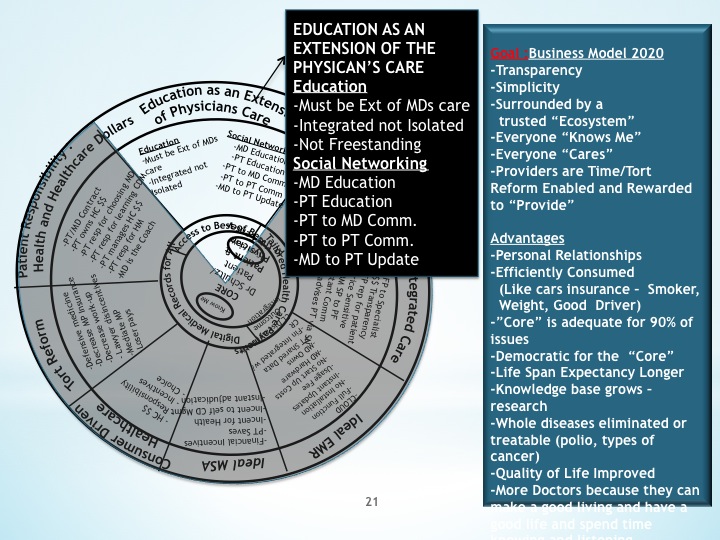
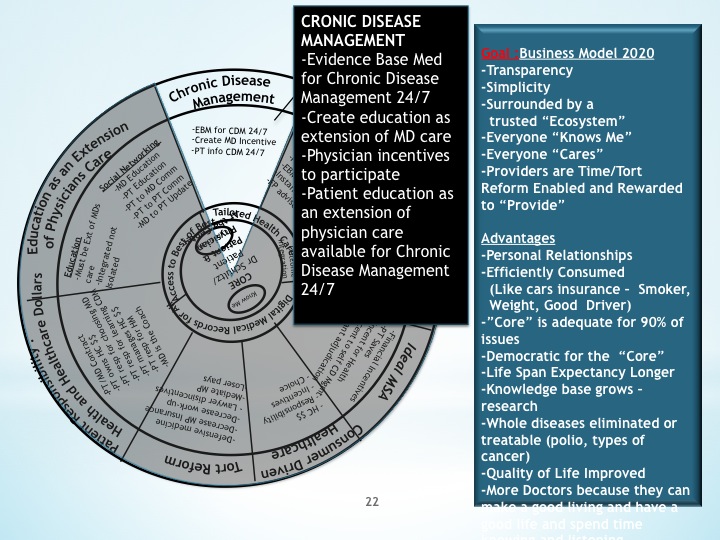
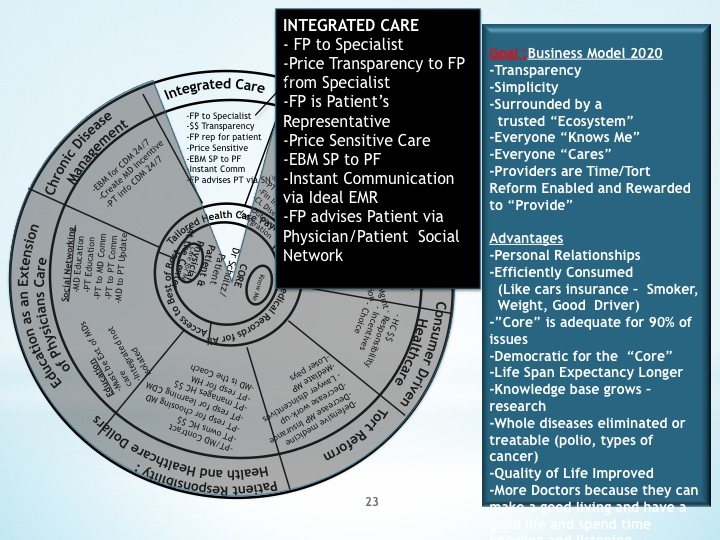
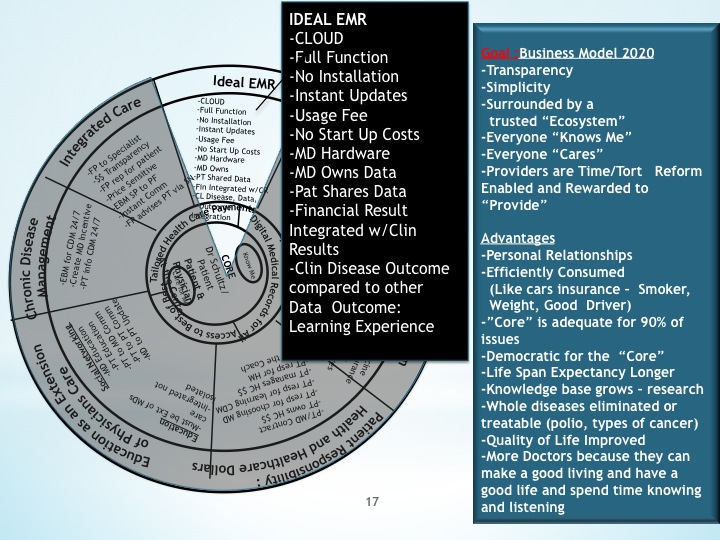
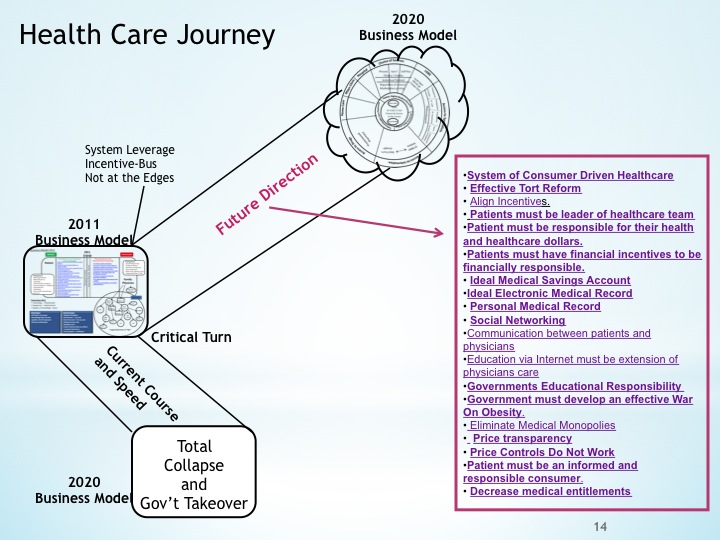
Hello, this weekend is nice for me, since this time i am reading this fantastic informative article here at my home.